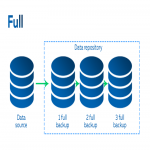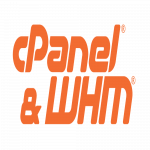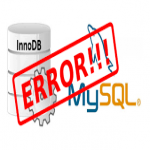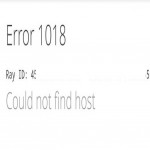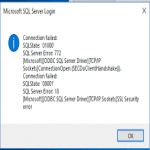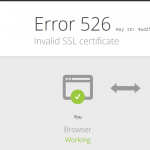Stellarium has played a significant role in astronomical studies. It is best for people who work in astronomy and remote sensing.
Here at Ibmi Media, we shall look into how to install Stellarium which is a featured pack sky scanning software on your Debian 11 Bullseye system.
Main features of Stellarium includes:
- Default star catalogue with over 600 thousand stars.
- Information about the brightest stars (spectral type, distance, etc.).
- Downloadable star catalogue extensions, for up to 210 million stars.
- All New General Catalogue (NGC) objects.
- Images of almost all Messier objects and the Milky Way.
- Real time positions of the planets and their satellites.
- 13 different cultures with their constellations.
- Artistic illustrations of the 88 Western constellations.
- Very realistic atmosphere, sunrise and sunset.
- 7 panoramic landscapes (more can be made or downloaded from the website).
- Scripting with ECMAScript.
- Plug-in support: Stellarium comes with 8 plug-ins by default, including: artificial satellites plug-in (updated from an on-line TLE database).
- Ocular simulation plug-in (shows how objects look like in a given ocular).
- Solar System editor plug-in (imports comet and asteroid data from the MPC).
- telescope control plug-in (Meade LX200 and Celestron NexStar compatible).
- Stellarium should not be used for very high accurate calculation or ephemerids like eclipse predictions. However, it is the ideal program to prepare an observation evening with naked eye, binocular, or small telescope.
Steps to install stellarium on Debian 11
1. Perform System Update
To begin, run the system update command below to update the system packages:
$ sudo apt updateYou will be able to fetch up-to-date Stellarium binaries when you have an updated system.
2. Install Stellarium using Debian Repositories
Stellarium is available in the Debian repositories. It can also be downloaded from the main website, but repositories are always the best possible sources.
Simply Run the following command to install Stellarium on Debian 11:
$ sudo apt install stellarium3. Verify Stellarium Installation
You can verify Stellarium installation using the version command:
$ stellarium --versionWe can also confirm the installation using GUI. In GUI, you will simply search it in your dashboard.
Sometimes Stellarium needs to create config folders. This might happen when you try to run it from the command line for the first time.
4. Launch Stellarium on Debian 11
Stellarium might be in your Education folder, but it is not the case always. You can also search and find the software in your dashboard.
How to uninstall Stellarium from your Debian 11 system ?
You can use the below apt command to remove Stellarium from our Debian 11 system:
$ sudo apt remove stellariumWe can use the following command to remove stellarium configurations, data and all of its dependencies, we can use the following command:
$ sudo apt-get -y autoremove --purge stellarium[Need help in fixing Linux system issues ? We can help you. ]
Conclusion
This article covers how to install Stellarium using apt repositories on Debian 11 system. In fact, Stellarium renders 3D photo-realistic skies in real-time. With Stellarium, you really see what you can see with your eyes, binoculars or a small telescope.
This article covers how to install Stellarium using apt repositories on Debian 11 system. In fact, Stellarium renders 3D photo-realistic skies in real-time. With Stellarium, you really see what you can see with your eyes, binoculars or a small telescope.

